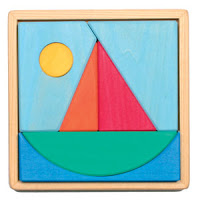□ Game Selection reasoning (30):
Create reasoning and support your choice for what game you will be examining for your project. Describe the game, whether you have played it before, and what you expect, or what you know about the contents of the game.
□ Work Plan (100):
Week by week schedule: 4 weeks @ 10 points a week: 40 points
5 points for task descriptions and completion dates
5 points for ideas and key vocabulary
Reflections on what happened week by week plan @ 15 points a week: 60
5 points for how things went
5 points for what you would do to improve for next time
5 points proof of success
□ Blog (300)
o Includes walk through (120) 12 * 10 points each
o Rubric review (110) 11* 10 points each
o Work plan (60)
o Embedded slide show (20)
□ Reflection (45) 5 paragraphs:
o What you liked about the unit
§ What you did not like
§ Be specific—what parts of the assignment did you like / not like
· What did you like/ not like about each assignment
o Would you recommend this assignment or do it again?
□ Slide show presentation (40)
o See rubric
□ Slide Show reviews (10 points for each review)
□ Slide show slides (165) 33 slides @ 5 points each
o Slides must be the required slides for points
□ Games Unit Reflection (100)
□ Contribution (20)
□ Total points possible_____________________910
